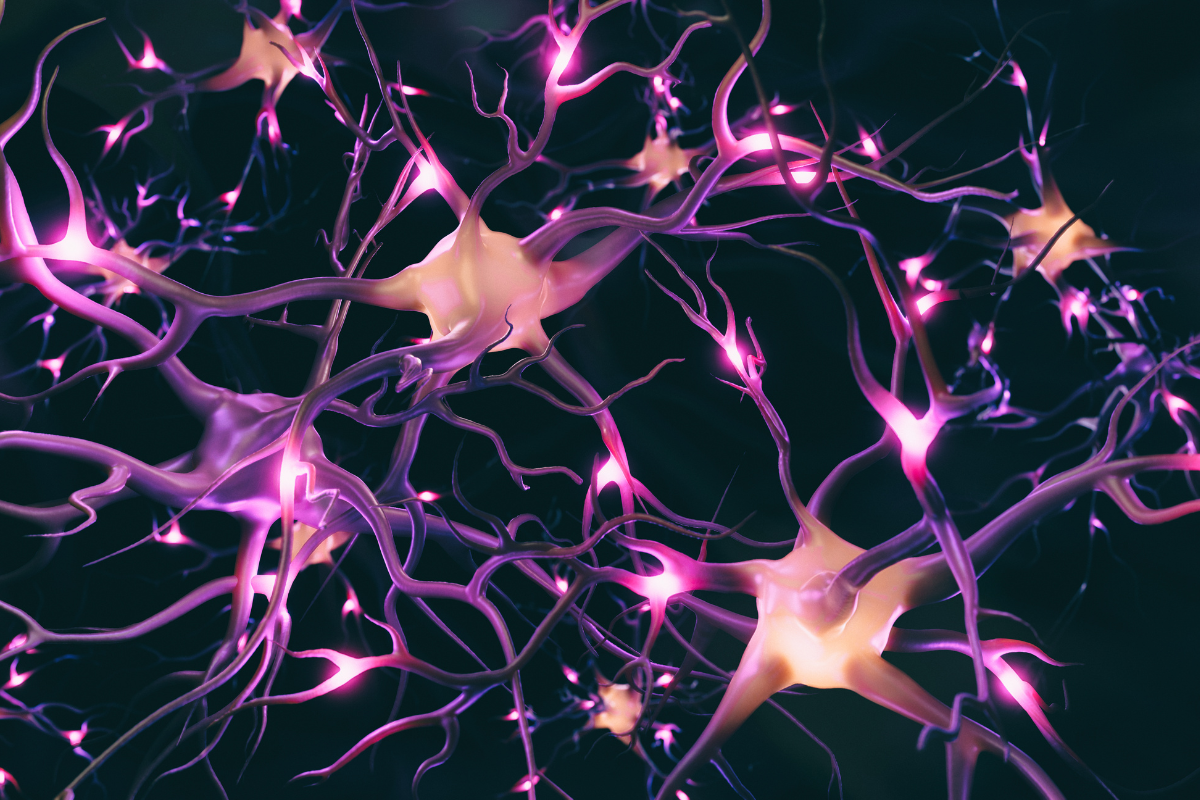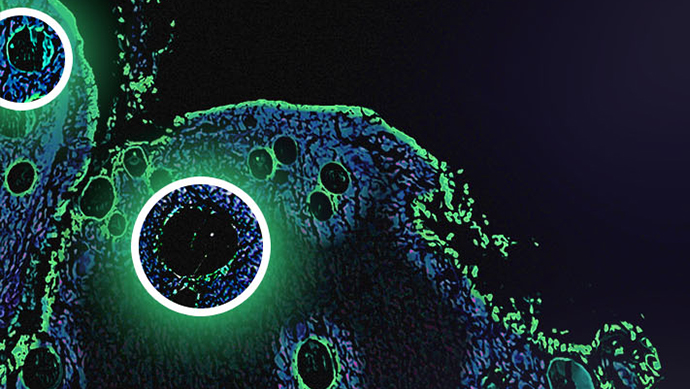Spatial and Single Cell Transcriptomics Uncovers Mechanisms for Ischemic Stroke Recovery

A research resource published in Science Translational Medicine has outlined the use of spatial transcriptomics and single cell RNA sequencing (scRNA-seq) to map the brains of mice after ischemic stroke. By using spatial imaging to plot the architecture of post-stroke mouse brains, they were able to identify a potential target for enhancing stroke recovery.
The study looked at ischemic strokes (a stroke that has resulted in a lack of blood flow to parts of the brain) in mice. Their investigation employed spatial transcriptomics to determine the distribution of nonneuronal cells at the infarct site - the part of the brain that has died due to a lack of blood flow and therefore oxygen.
RELATED:
- Interview with Gabriela Kramer Marek, Associate Professor, Reader in Molecular Imaging at The ICR
- Cutting-Edge Trends in Spatial Omics: Speaking to Jasmine Plummer, Director of the Center for Spatial Omics at St Jude Children’s Research Hospital
- Spatial Data: Computational Methods and Deep Learning-Based Models
Here, 19,777 spots in the ischemic region of mouse brains were sequenced. Subsequently, the team added to their spatial map by using scRNA-seq to identify the cell types within this region.
The research comes out of the Department of Pharmacology at Southeast University in Nanjing, China. It was conceived and designed by Bin Yang (first author) and Honghong Yao (corresponding author), both within the department.
The team have also generated an online database to accompany their study “to provide a high-resolution transcriptional landscape of the ischemic brain as a resource for further investigation of stroke and other brain diseases.”
From this, the team surmise that analysing this distribution can help them better understand the neurological regeneration after a patient has had an ischemic stroke.
An increase in galectin (LGAL) pathway signalling in the mice was observed when the group analysed gene expression and cell distribution in stroke-damaged mouse brains.
This led them to treat these mice with LGALS1, LGALS3, and LGALS9. Encouragingly, the delivery of the protein LGALS9 resulted in the regeneration of axon’s myelin sheaths (remyelination), promoting stroke recovery in the mice.
Although these findings are compelling, the paper did include the caveat that “it is essential to acknowledge that there are other related biological pathways that also potentially play a role in ischemic stroke.”
However, the paper said that their findings “[encouraged] further research to uncover the exact mechanisms and develop a pharmaceutical approach for the treatment of ischemic stroke.”





